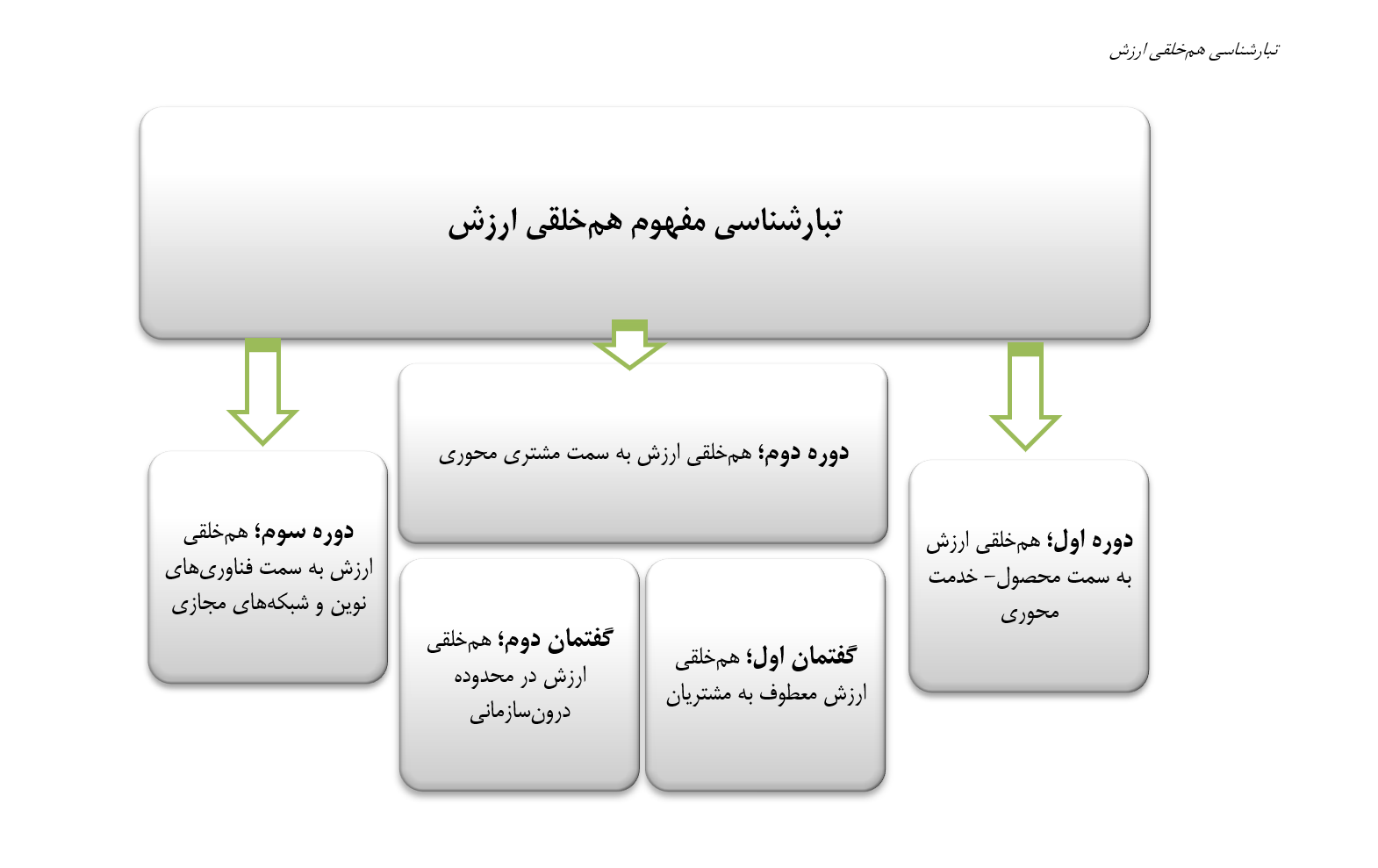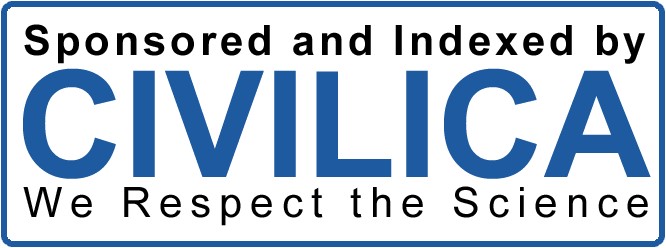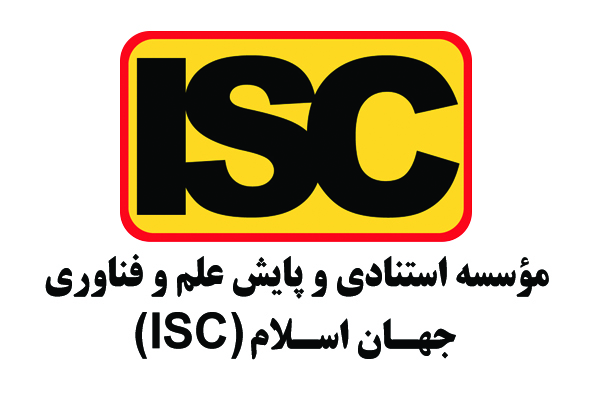Mimetic Mapping and Genealogy of Co-Creation of Value in FinTech Startups
Keywords:
FinTech startups, genealogy, meme, mimetic mapping, co-creation of valueAbstract
The aim of this research was to examine the mimetic mapping and genealogy of co-creation of value and how this concept has evolved and spread through various channels and contexts. This is a qualitative study. Mimetic mapping is a method used to discover and categorize memes within a multi-level model. Inspired by the concept of genes in evolutionary biology, it was developed as a method for analyzing and describing replicable patterns. Using mimetic mapping, a comprehensive description and representation of the co-creation of value in FinTech startups were obtained. Following this, a Foucaultian genealogy approach was employed to analyze the subject. Therefore, this study is analytical-applied and utilized documentary and content analysis methods, with purposeful sampling being the basis for selecting and analyzing the documents. By coding texts from books, articles, and documents in the field of co-creation of value, 119 memes were extracted and reduced to 46 meme-couples (larger units consisting of several related memes). These meme-couples were placed across seven levels: user experience; organizational structure and processes; social, cultural, and environmental factors; networking and inter-organizational collaboration; technological and digital infrastructure; changing customer needs and preferences; and competition and market interactions. Then, to understand how the co-creation of value in FinTech startups has developed historically, the genealogy method was employed. The genealogical approach served as both a theoretical framework and method that views the phenomenon of co-creation of value through a historical lens. In the present research, using the genealogical method, three distinct periods were identified: the first period—co-creation of value focused on products and services; the second period—co-creation of value focused on customer orientation; and the third period—co-creation of value focused on new technologies and virtual networks. In this study, the researchers were able to operationalize the theoretical concept of a meme and apply it in an empirical study. Mimetic mapping is a powerful tool for managers, consultants, and researchers in exploring the phenomenon of co-creation of value in FinTech startups.
Downloads
References
Akbari, M. (2018). Validation and quality assessment in QUAN, QUAL, and mixed method research. Methodology of Social Sciences and Humanities, 24(94), 23-45. https://method.rihu.ac.ir/article_1448.html?lang=en
Behzadnia, M., Nayebzadeh, S., Hataminasab, S. H., & Dehghani Ashkezari, M. R. D. (2023). Visual Representation of the Process of Scientific Production in the Field of Value Co-creation in Fintech Startups. International Journal of Innovation Management and Organizational Behavior (IJIMOB), 3(4), 84-97. https://doi.org/10.61838/kman.ijimob.3.4.11
Bhuiyan, K. H., Jahan, I., Zayed, N. M., Islam, K. M. A., Suyaiya, S., Tkachenko, O., & Nitsenko, V. (2022). Smart Tourism Ecosystem: A New Dimension toward Sustainable Value Co-Creation. Sustainability, 14(22), 15043. https://doi.org/10.3390/su142215043
Bonamigo, A., da Silva, A. A., da Silva, B. P., & Werner, S. M. (2022). Criteria for selecting actors for the value co-creation in startups. Journal of Business & Industrial Marketing. https://doi.org/10.1108/JBIM-02-2021-0083
Bu, Y., Parkinson, J., & Thaichon, P. (2022). Influencer marketing: sponsorship disclosure and value co-creation behaviour. Marketing Intelligence & Planning, 40(7), 854-870. https://doi.org/10.1108/MIP-09-2021-0310
Burke, S. (2016). Rethinking 'validity' and 'trustworthiness' in qualitative inquiry: How might we judge the quality of qualitative research in sport and exercise sciences? In (pp. 352-362). https://doi.org/10.4324/9781315762012-37
Cabiddu, F., Lui, T. W., & Piccoli, G. (2013). Managing value co-creation in the tourism industry. Annals of Tourism Research, 42, 86-107. https://doi.org/10.1016/j.annals.2013.01.001
Carvalho, P., & Alves, H. (2023). Customer value co-creation in the hospitality and tourism industry: a systematic literature review. International Journal of Contemporary Hospitality Management, 35(1), 250-273. https://doi.org/10.1108/IJCHM-12-2021-1528
Chen, L. (2016). From fintech to finlife: The case of fintech development in China. China Economic Journal, 9(3), 225-239. https://doi.org/10.1080/17538963.2016.1215057
Cheung, M. L., Pires, G. D., Rosenberger Iii, P. J., Leung, W. K. S., & Ting, H. (2021). Investigating the role of social media marketing on value co-creation and engagement: An empirical study in China and Hong Kong. Australasian Marketing Journal, 29(2), 118-131. https://doi.org/10.1016/j.ausmj.2020.03.006
Denzin, N. K. (2018). The qualitative manifesto: A call to arms. Routledge. https://doi.org/10.4324/9780429449987
Dolan, R., Seo, Y., & Kemper, J. (2019). Complaining practices on social media in tourism: A value co-creation and co-destruction perspective. Tourism Management, 73, 35-45. https://doi.org/10.1016/j.tourman.2019.01.017
Ferraz, D. d. M., & Mizan, S. (2019). Visual Culture Through the Looking Glass: vision and re-vision of representation through genealogy and cultural translation. Trabalhos Em Linguística Aplicada, 58, 1375-1401. https://doi.org/10.1590/010318135765115832019
Foroudi, P., Yu, Q., Gupta, S., & Foroudi, M. M. (2019). Enhancing university brand image and reputation through customer value co-creation behaviour. Technological Forecasting and Social Change, 138, 218-227. https://doi.org/10.1016/j.techfore.2018.09.006
Gill, J. (2013). Evaluating memetics: A case of competing perspectives at an SME Sheffield Hallam University]. https://shura.shu.ac.uk/19687/1/10696987.pdf
Hartnell, C. A., Ou, A. Y., Kinicki, A. J., Choi, D., & Karam, E. P. (2019). A meta-analytic test of organizational culture's association with elements of an organization's system and its relative predictive validity on organizational outcomes. The Journal of Applied Psychology, 104(6), 832-850. https://doi.org/10.1037/apl0000380
Hussain, A., Abid, M. F., Shamim, A., Ting, D. H., & Toha, M. A. (2023). Videogames-as-a-service: How does in-game value co-creation enhance premium gaming co-creation experience for players? Journal of Retailing and Consumer Services, 70, 103128. https://doi.org/10.1016/j.jretconser.2022.103128
Inführ, J., & Raidl, G. (2016). A memetic algorithm for the virtual network mapping problem. Journal of Heuristics, 22, 475-505. https://doi.org/10.1007/s10732-014-9274-x
Itani, O. S., Chonko, L., & Agnihotri, R. (2022). Salesperson moral identity and value co-creation. European Journal of Marketing, 56(2), 500-531. https://doi.org/10.1108/EJM-06-2020-0431
Junaid, M., Hussain, K., Asghar, M. M., Javed, M., & Hou, F. (2020). An investigation of the diners' brand love in the value co-creation process. Journal of Hospitality and Tourism Management, 45, 172-181. https://doi.org/10.1016/j.jhtm.2020.08.008
Kamboj, S., Sarmah, B., Gupta, S., & Dwivedi, Y. (2018). Examining branding co-creation in brand communities on social media: Applying the paradigm of Stimulus-Organism-Response. International Journal of Information Management, 39, 169-185. https://doi.org/10.1016/j.ijinfomgt.2017.12.001
Khanifar, H., & Moslemi, N. (2018). Principles and basics of qualitative research methods: a new and practical approach. Negahedanesh Publisher.
Kojouri, H., Mirabi, V., & Safarzadeh, H. (2021). Designing and optimizing the value creation model for bank customers in the process of creating a common brand value. Journal of Business Management, 13(49), 202-226. https://sanad.iau.ir/en/Article/1068103?FullText=FullText
Lanning, M. J., & Michaels, E. G. (1988). A business is a value delivery system http://www.dpvgroup.com/wp-content/uploads/2009/11/1988-A-Business-is-a-VDS-McK-Staff-Ppr.pdf
Merz, M., Zarantonello, L., & Grappi, S. (2018). How valuable are your customers in the brand value co-creation process? The development of a Customer Co-Creation Value (CCCV) scale. Journal of Business Research, 82, 79-89. https://doi.org/10.1016/j.jbusres.2017.08.018
Micheli, A. P., Calce, A. M., & Di Nallo, L. (2023). Value Creation In Fintech Sector. PressAcademia Procedia, 16(1), 198-199. https://doi.org/10.17261/Pressacademia.2023.1688
Milner, R. M. (2018). The world made meme: Public conversations and participatory media. MIT Press. https://mitpress.mit.edu/9780262535229/the-world-made-meme/
Moore, A. (2019). "Memetic Engineering", Please! Thought, Values and Behaviour Are as Important as Technology! Bioessays, 41(1), 1800242. https://doi.org/10.1002/bies.201800242
Nadeem, W., Alimamy, S., & Ashraf, A. R. (2023). Navigating through difficult times with ethical marketing: Assessing consumers' willingness-to-pay in the sharing economy. Journal of Retailing and Consumer Services, 70, 103150. https://doi.org/10.1016/j.jretconser.2022.103150
Newell, F. (2000). Loyalty.com: Customer relationship management in the new era of Internet marketing. McGraw-Hill. https://books.google.de/books/about/Loyalty_com.html?id=3kR_nP1mPWMC&redir_esc=y
Prado, C. G. (2018). Starting with Foucault: An introduction to genealogy. Routledge. https://doi.org/10.4324/9780429497193
Prahalad, C. K., & Ramaswamy, V. (2004). Co-creation experiences: The next practice in value creation. Journal of Interactive Marketing, 18(3), 5-14. https://doi.org/10.1002/dir.20015
Prebensen, N. K., Vittersø, J., & Dahl, T. I. (2013). Value co-creation significance of tourist resources. Annals of Tourism Research, 42, 240-261. https://doi.org/10.1016/j.annals.2013.01.012
Quigley, K. J. (2016). Momoko Nakamura, Gender, language and ideology: A genealogy of Japanese women's language. Language in Society, 45(3), 464-465. https://doi.org/10.1017/S0047404516000282
Rahardja, U., Hongsuchon, T., Hariguna, T., & Ruangkanjanases, A. (2021). Understanding impact sustainable intention of s-commerce activities: The role of customer experiences, perceived value, and mediation of relationship quality. Sustainability, 13(20), 11492. https://doi.org/10.3390/su132011492
Rahmanseresht, H., & Sheikhi, N. (2020). Value-Co-creation in Iran Banking Industry: Analysis of Value Creation Elements and Relationships. Public Management Researches, 12(46), 95-122. https://jmr.usb.ac.ir/article_5259.html?lang=en
Ribeiro, T. d. L. S., Costa, B. K., Ferreira, M. P., & de Lamônica Freire, O. B. (2023). Value co-creation in tourism and hospitality: A systematic literature review. European Management Journal. https://doi.org/10.1016/j.emj.2022.12.001
Rintamäki, T., Kuusela, H., & Mitronen, L. (2007). Identifying competitive customer value propositions in retailing. Managing Service Quality: An International Journal, 17(6), 621-634. https://doi.org/10.1108/09604520710834975
Shen, H., Li, X., & Zhang, Y. (2018). A study on Brand equity of online tourism enterprises based on user value co-creation. In (pp. 111-130). https://doi.org/10.1108/S1745-354220180000014007
Shin, H., Perdue, R. R., & Pandelaere, M. (2020). Managing customer reviews for value co-creation: An empowerment theory perspective. Journal of Travel Research, 59(5), 792-810. https://doi.org/10.1177/0047287519867138
Skandalis, A. (2023). Transitional space and new forms of value co-creation in online brand communities. Journal of Business Research, 155, 113392. https://doi.org/10.1016/j.jbusres.2022.113392
Stucky, S. U., Cefkin, M., Rankin, Y., Shaw, B., & Thomas, J. (2011). Dynamics of value co-creation in complex IT service engagements. Information Systems and e-Business Management, 9, 267-281. https://doi.org/10.1007/s10257-010-0146-0
Ueda, K., Takenaka, T., & Fujita, K. (2008). Toward value co-creation in manufacturing and servicing. CIRP Journal of Manufacturing Science and Technology, 1(1), 53-58. https://doi.org/10.1016/j.cirpj.2008.06.007
Urbinati, A., Bogers, M., Chiesa, V., & Frattini, F. (2019). Creating and capturing value from Big Data: A multiple-case study analysis of provider companies. Technovation, 84, 21-36. https://doi.org/10.1016/j.technovation.2018.07.004
Vargo, S. L., & Lusch, R. F. (2004). Evolving to a new dominant logic for marketing. Journal of Marketing, 68(1), 1-17. https://doi.org/10.1509/jmkg.68.1.1.24036
Wang, Q., Bai, X., & Li, J. J. (2023). Achieving value co-creation through cooperation in international joint ventures: A two-level perspective. International Business Review, 32(1), 102028. https://doi.org/10.1016/j.ibusrev.2022.102028
Werth, O., Cardona, D. R., Torno, A., Breitner, M. H., & Muntermann, J. (2023). What determines FinTech success?-A taxonomy-based analysis of FinTech success factors. Electronic Markets, 33(1), 21. https://doi.org/10.1007/s12525-023-00626-7
Yi, Y. J., Gong, T. S., & Yu, J. W. (2004). A study on the effects of service organization and customer exchange relationship on customer citizenship behavior. Korean Business Review, 33(6), 1810-1845.
Yin, J., Qian, L., & Shen, J. (2019). From value co-creation to value co-destruction? The case of dockless bike sharing in China. Transportation Research Part D: Transport and Environment, 71, 169-185. https://doi.org/10.1016/j.trd.2018.12.004
Zhang, L., Yang, W., Yang, L., & Gao, L. (2022). How does the value co-creation of e-commerce platform and manufacturers affect channel performance? The moderating role of innovation capability and market turbulence. Electronic Commerce Research and Applications, 52(Complete). https://doi.org/10.1016/j.elerap.2022.101120
Zhang, X., & Chen, R. (2008). Examining the mechanism of the value co-creation with customers. International Journal of Production Economics, 116(2), 242-250. https://doi.org/10.1016/j.ijpe.2008.09.004

Downloads
Published
Submitted
Revised
Accepted
Issue
Section
License
Copyright (c) 2025 Mehrdad Behzadiania, Shahnaz Nayebzadeh, Seyed Hassan Hatami Nasab, Mohammad Reza Dehghani Ashkezari (Author)

This work is licensed under a Creative Commons Attribution-NonCommercial 4.0 International License.










